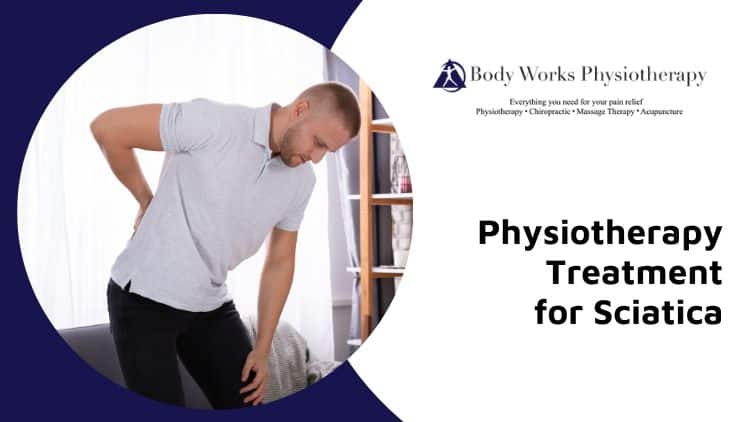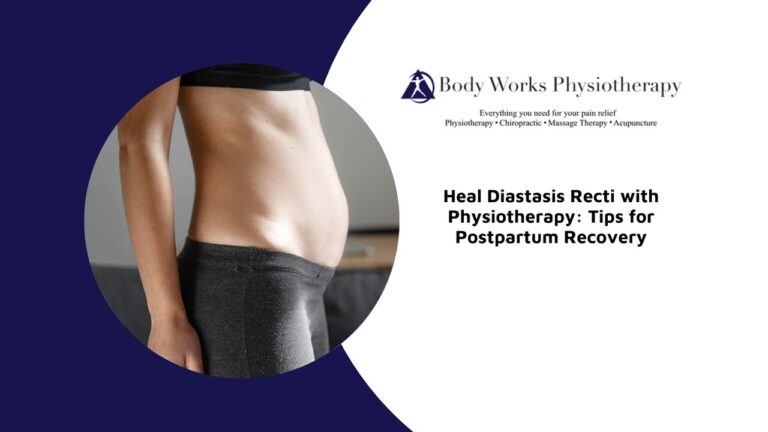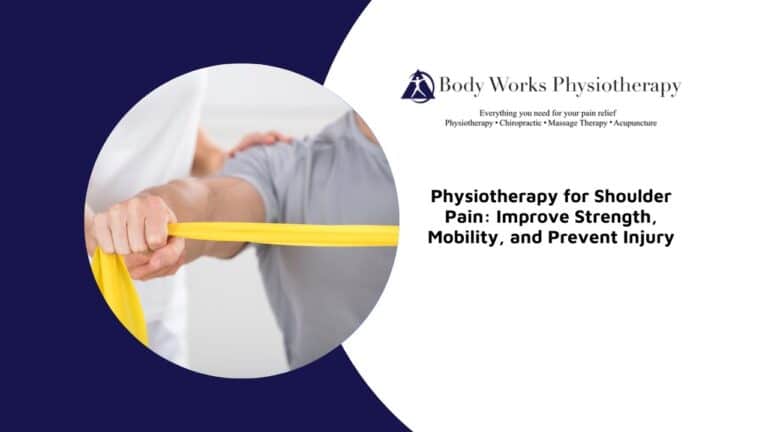
If you have ever had sciatica or sciatic back pain, you understand it can be a miserable experience. However there is good news: sciatica doesn’t need to keep you on the sidelines for long.
With the right therapy, such as physiotherapy treatments, you can recover quicker and return to enjoying your life free from muscle weakness, joint pain and other sciatica symptoms.
We won’t try to hide it — sciatica is never fun. It’s likewise not an uncommon condition. It involves discomfort that radiates from your spinal column down one of your legs (the “sciatic nerve” runs through your spine and branches out through your hips), causing leg pain and reducing your range of motion. If you have sciatica and wish to get back to health as soon as possible, keep reading for our guide to handling sciatica utilizing physio strategies.
Where does Sciatica Come From?
Sciatica refers to discomfort that comes from your spine and radiates down one of your legs. It’s normally triggered by pressure on or irritation of your sciatic nerve (the largest nerve in your body), sometimes as a result of spinal stenosis.
Typically, a problem in the lower back — such as a herniated disc or degenerative disc illness — can cause the sciatic nerve to become irritated and send discomfort down the back of one leg. You can experience sciatica on one or both sides of your body. If you have sciatica, you might experience any of the following signs:
- Discomfort in your back that shoots down your leg
- Pain in the back of one or both legs
- Weakness or feeling numb in one or both legs
- Tingling, burning, or cramping in one or both legs
- Feeling as though your sciatica is getting worse
What Does Sciatica Present As?
There are various kinds of discomfort you can experience with sciatic pain. The most common kind of discomfort is a dull ache that extends down your leg. You can likewise experience sharp pains, burning sensations, and stabbing pains. It can also feel as though an electric shock or jolt, and sometimes becomes agonizing for the sufferer.
How is Sciatica Treated With Physiotherapy?
First and foremost, you must rest. You should, as much as possible, eliminate anything that’s putting stress on your sciatic nerve, giving it time to heal. This might imply going on short-term disability or taking a temporary leave from work. You can likewise apply heat or ice bags to relieve your discomfort.
Your physiotherapist can recommend the best type of treatment plan for your sciatica.
One treatment your physiotherapist may utilize is manual therapy– using their hands to move and manipulate your tissues or joints, thereby relieving stress on the nerve.
A 2nd possible treatment is exercise. Your physiotherapist might recommend workouts that build up the muscles around your spine and hips, reducing your discomfort and helping your condition improve quicker.
Exercises for Sciatica
First, let’s take a look at what exercises are in fact valuable for sciatica. Workouts that strengthen the muscles around your spinal column are helpful. Your physiotherapist may propose exercises such as yoga, crunches, and back extensions.
While exercise can help reduce your discomfort in the short-term, they are most effective when combined with other treatments, such as heat therapy or cold therapy. Exercises can serve to help get you moving and feeling much better quicker, but they’re not a permanent solution.
If you have serious sciatica, physical exercise may not be your greatest alternative right now. Start with gentle stretches. As your symptoms decrease, you can gradually increase the level of your exercises. Be sure to talk to your physiotherapist about the most appropriate exercises to treat your condition.
Other Treatments for Sciatica From a Physiotherapist
Your physiotherapist may also suggest other treatments, such as:
- TENS Therapy – This electrical instrument delivers little electrical impulses to the affected local area to energize your nerves and reduce pain.
- Acupuncture – This traditional treatment incorporates placing incredibly small needles in your skin at particular points to lower pain and swelling.
Wrap Up
Whatever treatment technique you pick, sciatica can take a toll on your body and your happiness. It can be challenging to stay positive when you’re in pain, but research demonstrates that staying positive is one of the best ways to speed up your recovery!
When you’re suffering from sciatica, you need to discover methods to manage your discomfort in the short-term, while likewise ensuring you’re going in the appropriate direction to improve for the long-term. Keep the suggestions in this blog post in mind when dealing with sciatica to ensure you maximize your treatment and return to your life as soon as possible.
Give Body Works Physiotherapy Pickering a call today and we can begin eliminating your sciatica pain!





